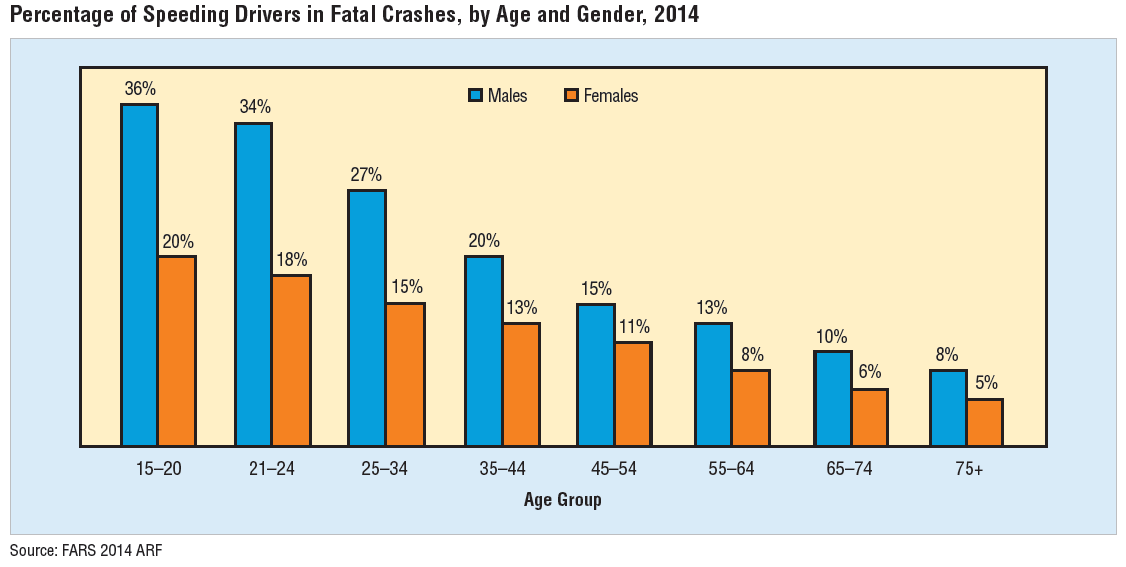"I Feel the Need for Speed"
For the movie buffs out there you’ll recognize this title as a very famous quote from the movie Top Gun. May 16, 2016 marked the 30th anniversary of the release of the Paramount picture. This need seemed to be just perfect for Maverick, but unfortunately I am continually reminded of this quote while driving my car around this country. Why is everyone in such a hurry? Do we really need to drive so fast?
According to the Insurance Institute for Highway Safety, speeding was a factor in 28 percent of motor vehicle crash deaths in 2014, and has been a factor in about 30 percent of crash deaths since 2005. Additionally, over half of these deaths took place on roads with speed limits below 55 mph, so this is not an issue reserved for the interstate highway system.
Thousands of people die each year because they are driving too fast. This could be from exceeding the posted speed limit, racing, road rage incidents, impaired driving, or simply driving too fast for the prevailing conditions. Regardless, the old phrase, “speed kills” certainly applies.
The real shame of it is drivers who speed usually don’t arrive at their destination any earlier anyway. Consider a ten-mile trip comparing a speed of 75mph and 55mph. This is a significant difference in speed, but the arrival time changes by only four minutes. But even that really doesn’t work in the real world; that’s simply the mathematical solution. With traffic volume, school busses, construction zones, stop lights, and merging traffic the math really doesn’t apply directly. The actual time saved will be a fraction of the computed four minutes. The increase in vehicle wear and tear, the decrease in fuel mileage, and the stress involved in rushing just isn’t worth the time gained.
For those concerned about speeding and its relationship to fatal accidents, the following table, published by the National Highway Traffic Safety Administration, might be of interest.
Clearly younger drivers are much more likely to speed, and males are much more likely to speed than females. No coincidence that the age groups with the highest fatality rates are 16-20 and 21-15, and males are killed in a much higher percentage than females.
The lesson from all of this should be that driving faster really doesn’t save very much time, but it sure does lead to traffic accidents and, most unfortunately, fatalities. It raises operating costs and contributes to higher insurance rates. If you are in charge of a fleet program ensure your drivers are following all traffic laws consistently. Don’t set up a system that encourages drivers to speed. Hold them accountable for their actions, invest in monitoring systems, and provide regular safety training. If you’re an individual driver, simply do the right thing. Drive at a safe speed for the conditions and “arrive alive.”
For more information about transportation safety, check out the resources from the National Transportation Safety Board, the National Safety Council, or the Safety Director at MEMIC.com.


